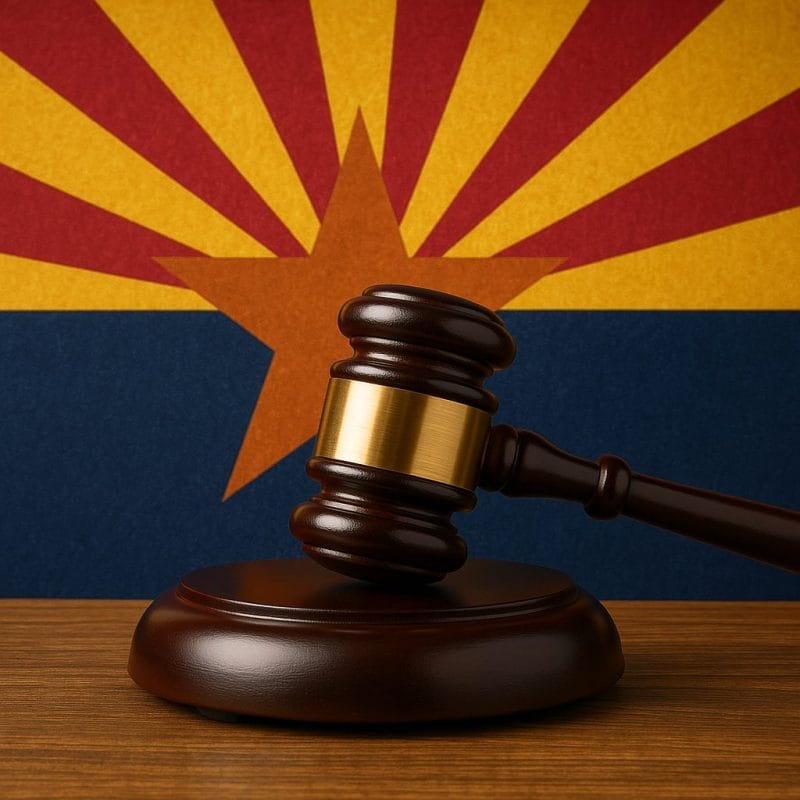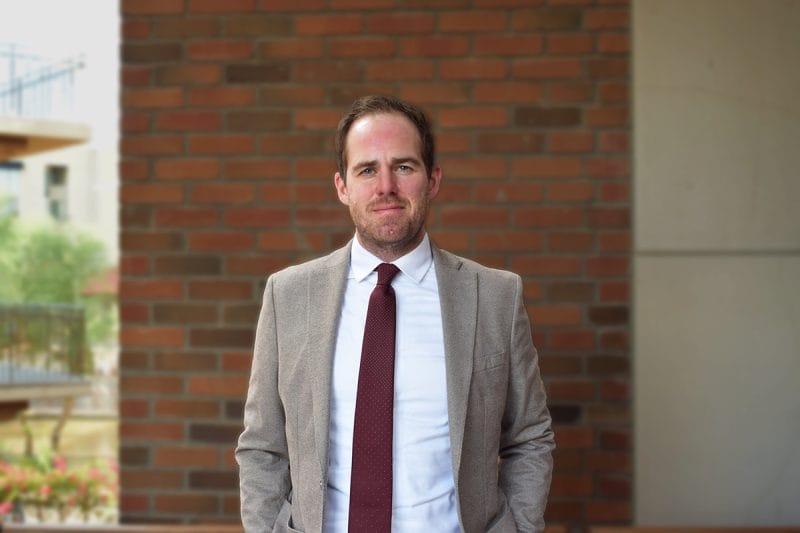
Should she have a chic streak of gray? Does he need to wear a tie?
By Rebecca Jennings | Vox
The most striking visual over the two-night Democratic presidential debates was the sheer number of candidates voters will have to choose from come primary season next year. But an arguably more important visual was the sight of the most diverse US presidential debate in history by a factor of, well, a lot. It was, in fact, the first time that more than one woman candidate was onstage.
That diversity could change the way the American public thinks about what a presidential candidate looks like. Conversations about the aesthetics of politics no longer rely on simply whether one candidate chose a red or blue power tie (because of course all the men are wearing suits), but about how their image reflects their platform and character, be it in Andrew Yang’s notable tie-lessness or Kirsten Gillibrand’s demure dresses.
What candidates look like has always played a role in politics, but when those candidates are as diverse as the slate of 2020 Democratic hopefuls — in race, age, gender, height, and experience — their clothing, accessories, and beauty (yes, hair and makeup also apply to the men in televised politics) all play a similarly interesting role in creating the candidate in the public eye.







